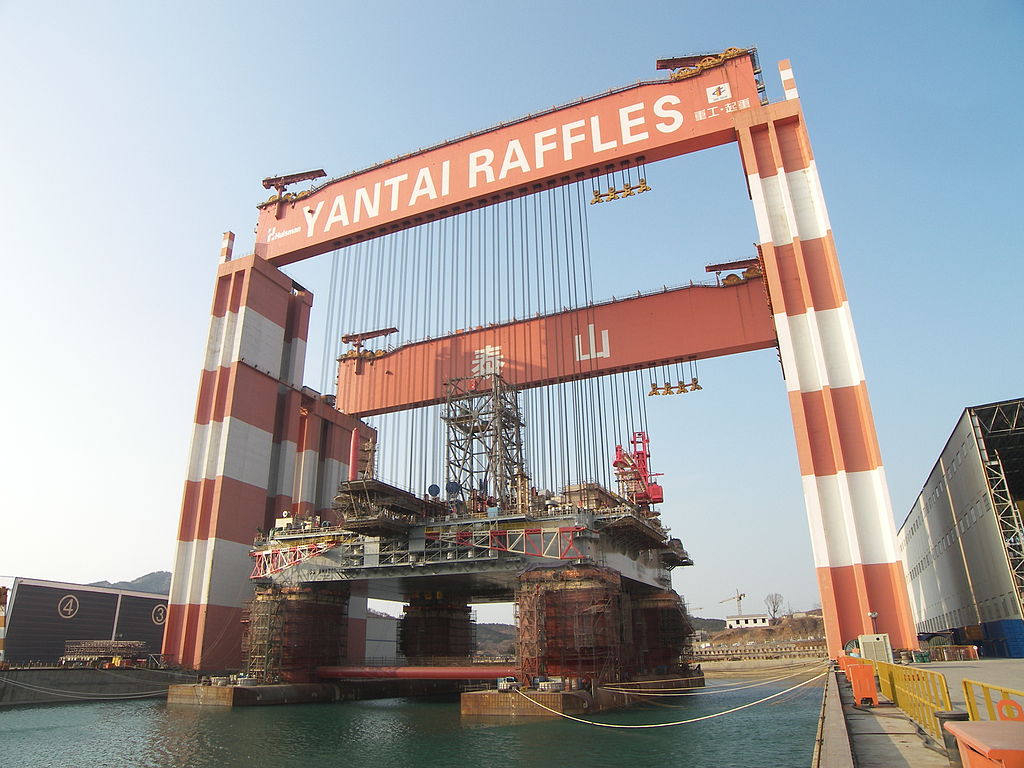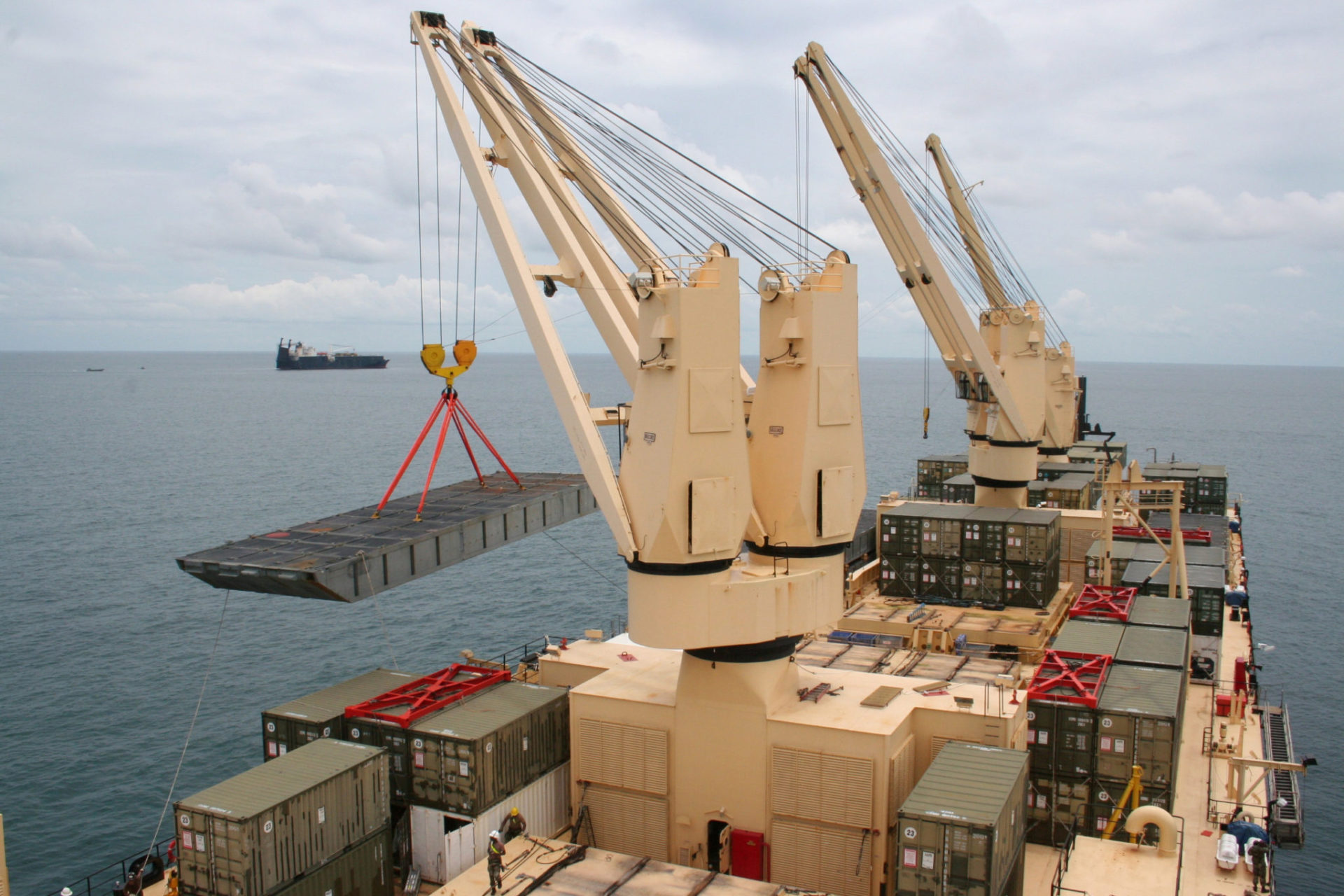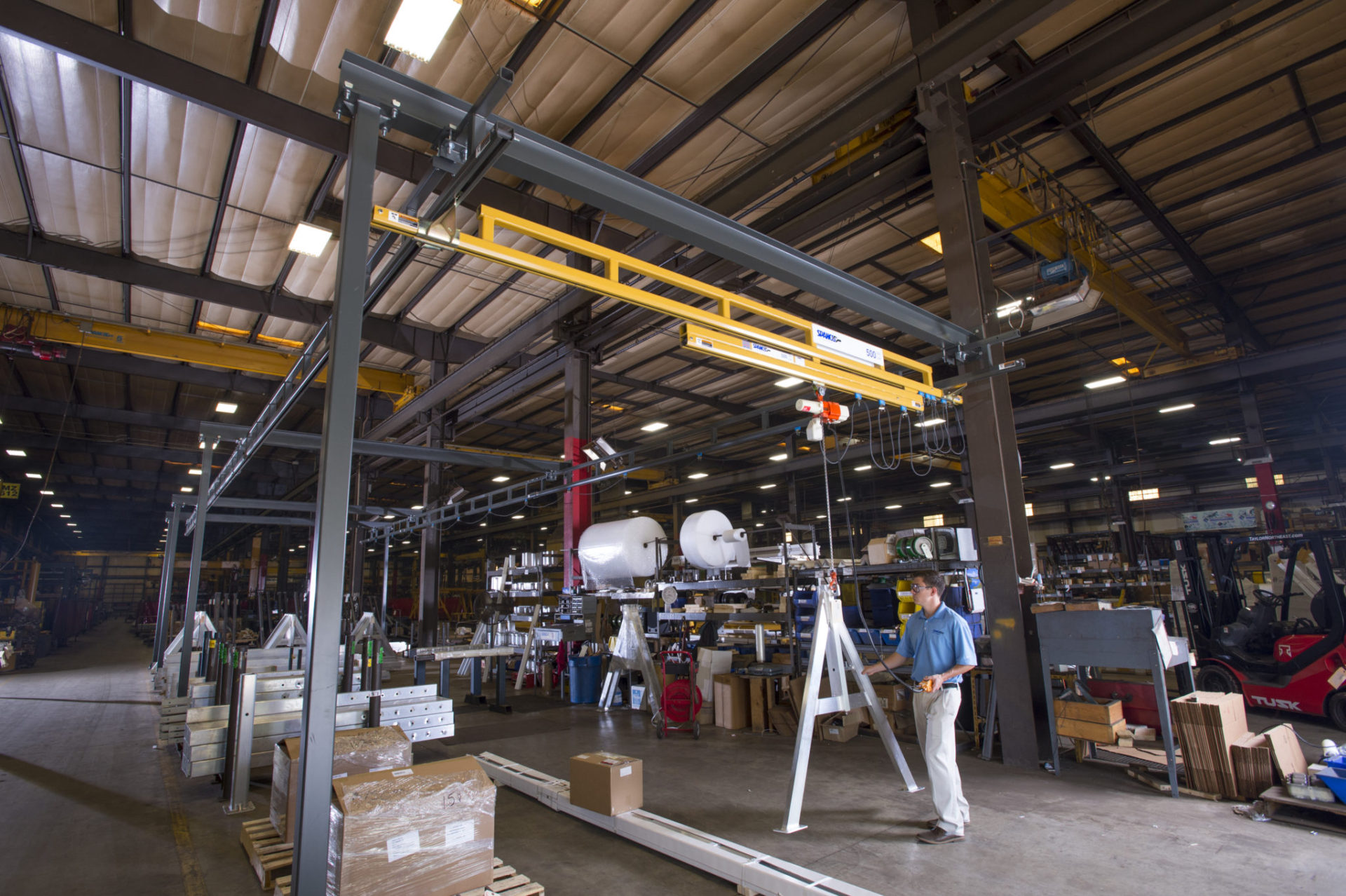
Industrial Cranes and What They Do
Oct 18, 2018
The world of cranes is huge; while many cranes are used in different types of large construction projects, many other cranes are used every day in a huge variety of industries. With so many different applications, there are also many different kinds of cranes that are all designed for specific jobs and functions.
Cranes are put to work around the world every day. Here’s an overview of different crane types, how they work, what they do, and how they tackle some of the biggest jobs in the world on a daily basis.
Aerial Crane
Aerial cranes are used in applications where loads need to be carried to remote locations that can’t be reached by truck-mounted cranes, or for jobs that are otherwise inaccessible. They’re usually mounted to helicopters, which provide the lift and stability to carry loads through the rotors.
Bridge Crane
Overhead bridge cranes consist of a bridge that travels between two fixed runways. The bridge is typically a single- or double-girder design with a hoist trolley that travels along the span of the bridge. The runways can be installed on existing building supports, an independent crane support structure, or ceiling-mounted hangers. Bridge cranes are workhorses; they frequently operate in manufacturing applications, moving heavy materials long distances every day.
Crawler Cranes
Crawler-style cranes have some of the highest lifting capacities of all construction cranes. Their wide crawler tracks make them both mobile and stable, so they don’t require outriggers for stability. Although their tracks make them mobile, they cannot travel on roads and must be transported by tractor trailers. These cranes use long lattice booms that are often made up of multiple structural sections to lift loads of several thousand tons. They’re commonly used on large construction projects to lift and move huge components and structures.
Gantry Crane
Some of the biggest cranes in the world are giant gantry cranes capable of lifting more than 20,000 tons. A crane bridge is fixed to tall wheeled legs at each end, making the entire structure mobile, and one or more hoists travel along the beam. Large gantry cranes are used in harbors and shipyards to load and unload shipping containers and assemble large ship components. Smaller gantry cranes are often used in warehouse operations, HVAC installation and maintenance, manufacturing, and more.
Jib Crane
Jib cranes are frequently used in industrial fabrication, manufacturing, and maintenance operations where raw materials and components need to be moved in a circular or semi-circular area of coverage. Jib cranes consist of a hoist that travels along a single boom, usually an I-beam or square steel tubing. This boom is then attached to a wall or a floor-mounted mast and rotates in a circular or semi-circular path.
Railroad Crane
Railroad cranes consist of a rotating crane body mounted on a large railcar, and they’re designed to operate without outriggers by using a counterweight mechanism. Railcar-mounted cranes are most often used for handling freight, maintenance of way operations, and recovery for derailments and other accidents.
Rough Terrain Crane
Rough terrain cranes are a compact type of truck-mounted crane with large rubber tires that allow them to navigate difficult terrain on a worksite. Unlike most truck-mounted cranes, these cranes not usually able to travel on roads. However, with four-wheel drive and four-wheel steering, they are better-suited for worksites with uneven terrain and little open space.
Ship Deck Crane
Ship deck cranes are typically specially designed jib-style cranes that are mounted directly on a ship deck. These types of cranes are designed for loading and unloading ship cargo when loading and unloading facilities are not available onshore. Many ship deck cranes use luffing jibs, which can be raised and lowered for a greater range of motion in limited space.
Tower Crane
Tower cranes are some of the most recognizable cranes because of their frequent use in urban construction. Their tall lattice towers, sometimes hundreds of feet tall, reach into city skylines with long rotating lattice booms mounted at the top. These tower cranes are used to construct skyscrapers and high-rise buildings, where their height allows them to move materials from the ground to the top of a structure quickly.
Truck Mounted Crane
Truck-mounted cranes drive on large rubber tires and are usually designed to drive to and from a workplace under their own power. Most truck cranes can be driven on the highway, and they use horizontal outriggers for stability while on a worksite. Truck cranes make remote locations easier to access, so they’re commonly used in a wide variety of construction applications.
Workstation Crane
Workstation cranes are typically designed to be used in a small area for a specific purpose. Like bridge cranes, they use a bridge that travels along a straight path between two runways. They are typically freestanding, but they can also be attached to a building’s supports to save floorspace. Workstation cranes can use one or more bridges to help workers maneuver heavy components for various welding, fabrication, and assembly applications.
Categories
Share this post
Contact us
Looking for the perfect fall protection equipment? Let us help!

